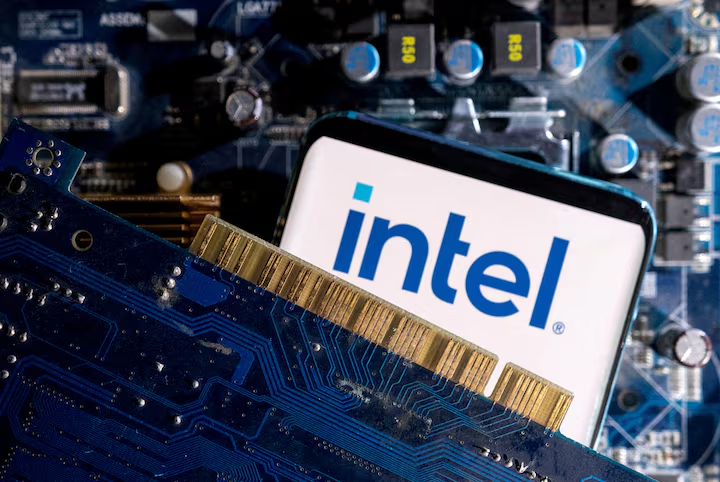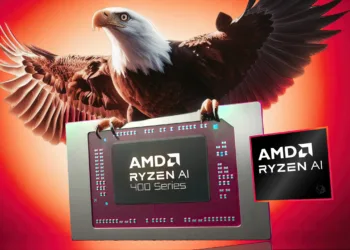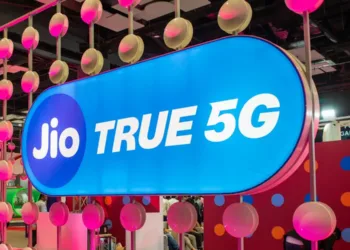Intel, once the undisputed leader in semiconductor innovation, has been facing a turbulent few years. In its bid to regain dominance, the company announced a $28 billion investment in two advanced chip fabrication plants (fabs) in Ohio, a project expected to solidify the U.S. as a major semiconductor hub. However, in a disappointing turn of events, Intel has delayed the project to 2030—a significant extension from the original timeline.
This unexpected delay has sparked discussions about Intel’s financial health, the future of U.S. chip manufacturing, and how this impacts the global semiconductor race. Let’s break down what led to this delay, what it means for the industry, and whether Intel can still recover from its setbacks.
Table of Contents
Why is Intel Delaying Their Ohio Chip Plants?
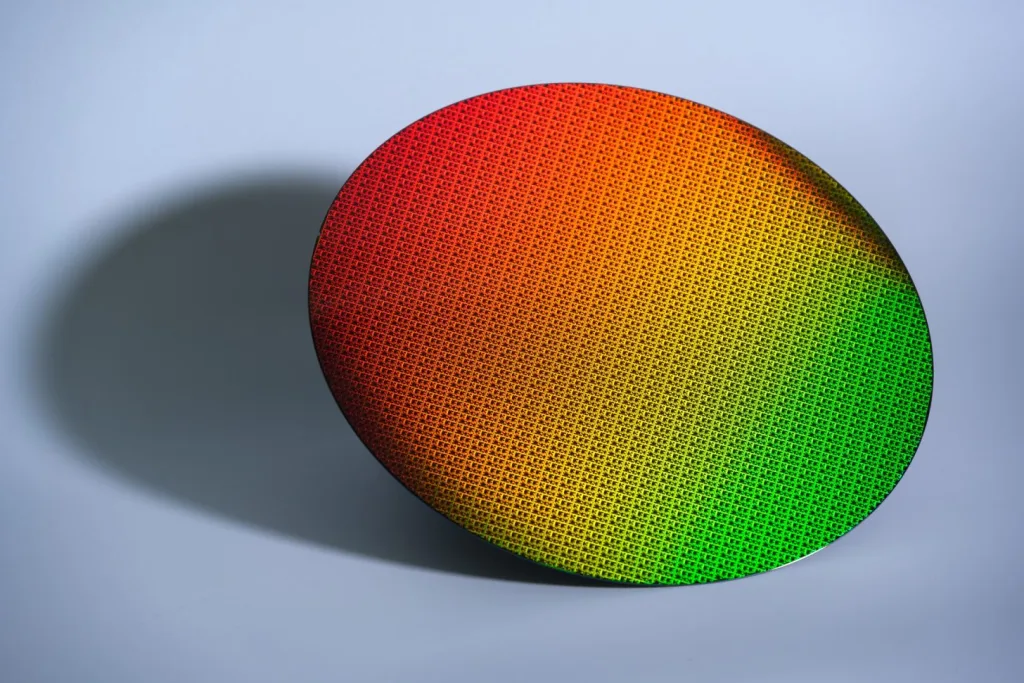
1. Financial Constraints and Cost-Cutting Measures
Intel has been aggressively expanding into contract chip manufacturing (Intel Foundry Services), competing with giants like TSMC and Samsung. However, this strategic shift has come at a steep cost, putting a significant strain on its balance sheet.
Over the past year, Intel has implemented a series of cost-cutting measures, including:
- Laying off 15% of its workforce to reduce operational expenses.
- Suspending dividends for the first time in decades.
- Reducing capital expenditure to maintain financial stability.
According to Naga Chandrasekaran, GM of Intel Foundry Manufacturing, the delay was necessary to ensure Intel manages capital responsibly while aligning factory operations with actual market demand.
2. Semiconductor Market Slowdown
The semiconductor industry has witnessed a slowdown post-pandemic, with fluctuating demand for chips. While demand soared during the global chip shortage (2020-2022), the situation has now reversed, leading to excess inventory and declining revenues for chipmakers.
Given these conditions, Intel is exercising caution by postponing its large-scale investments until the market stabilizes.
3. U.S. Government Incentives and CHIPS Act Delays
Intel’s Ohio project was expected to receive substantial government subsidies under the CHIPS and Science Act, a $52 billion initiative to boost domestic semiconductor production. However, delays in fund allocation and regulatory approvals may have influenced Intel’s decision to push back its plans.
4. Competition from TSMC and Samsung
While Intel faces delays, rivals TSMC and Samsung continue expanding aggressively. TSMC is ramping up operations in Arizona, and Samsung is investing heavily in its Texas facility. With competitors staying ahead, Intel risks losing more ground in the semiconductor race.
The Impact of Intel’s Delay on the Semiconductor Industry
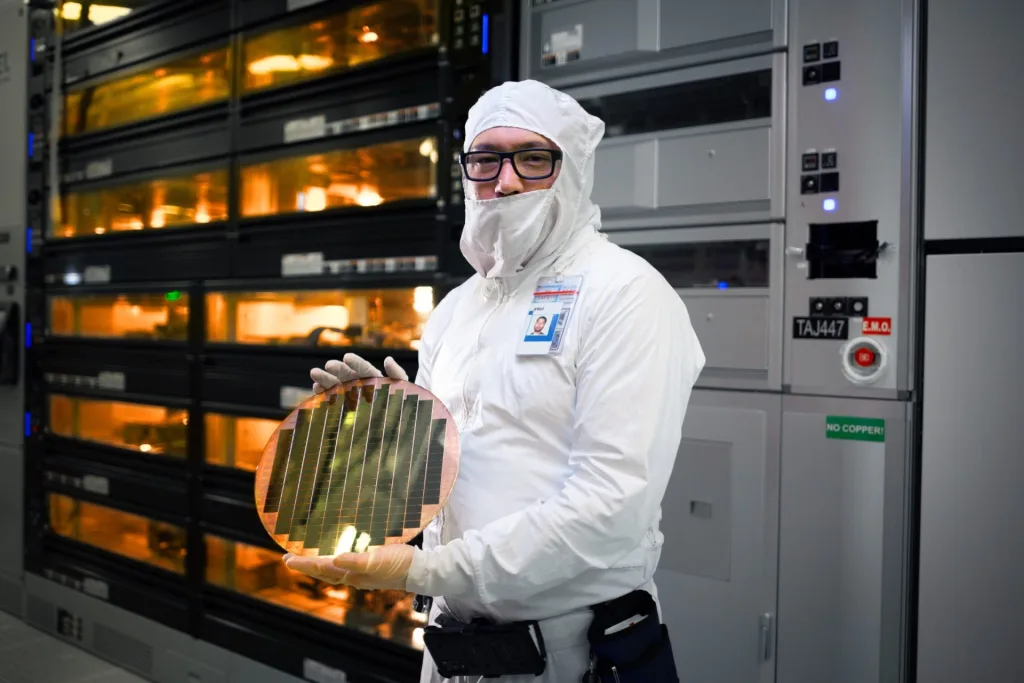
1. Slower U.S. Progress in Domestic Chip Manufacturing
The U.S. government has been pushing for domestic semiconductor production to reduce reliance on Asia, especially amid rising tensions with China. Intel’s Ohio project was meant to be a key part of this strategy, creating thousands of jobs and boosting America’s chipmaking capabilities. With the delay, the country’s self-sufficiency goals face another setback.
2. Supply Chain Implications
Intel’s postponement means a longer wait for American-made advanced chips. This could disrupt supply chains for industries relying on semiconductors, including automotive, AI, defense, and consumer electronics.
3. Investor Sentiment and Stock Market Reaction
Despite the delay announcement, Intel’s stock initially rose by 5%, though it later settled at a 1% gain. Investors seem to favor Intel’s cautious financial approach, but continued delays may erode confidence in the company’s long-term growth.
Can Intel Still Make a Comeback?
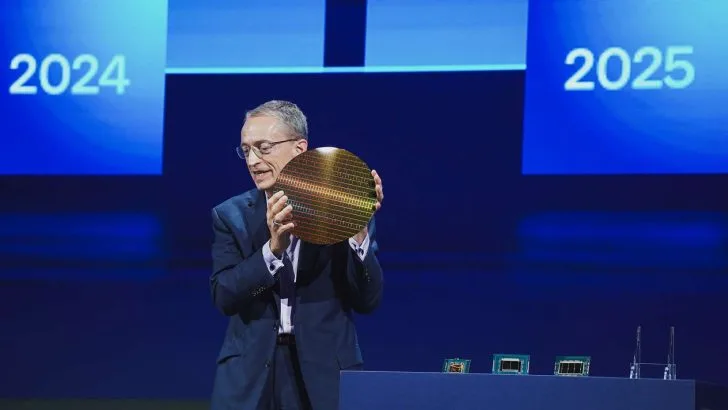
1. Revamping Its Technology Roadmap
Intel is still pushing ahead with its next-gen chips, focusing on innovations like Intel 3, Intel 20A, and Intel 18A nodes. If successful, these advancements could put Intel back in the game against TSMC and Samsung.
2. Leveraging AI and High-Performance Computing (HPC)
The rise of AI and HPC presents a huge opportunity for chipmakers. Intel’s Gaudi AI accelerators and investments in AI-driven processors could help the company regain lost market share.
3. Strategic Partnerships and Government Support
If Intel successfully secures CHIPS Act funding, it could fast-track its projects. Additionally, collaborations with automakers, cloud service providers, and tech giants could boost demand for Intel’s chips.
Final Thoughts: What Lies Ahead for Intel?
Intel’s delay in Ohio is a significant blow to its ambitious expansion plans, but it isn’t the end of the road. While challenges remain, the company is making calculated moves to ensure long-term sustainability. However, with competitors forging ahead, Intel must act fast to avoid falling further behind in the semiconductor race.
As the global chip industry continues to evolve, the coming years will determine whether Intel’s cautious approach pays off—or if it ultimately costs the company its place among the semiconductor giants.

